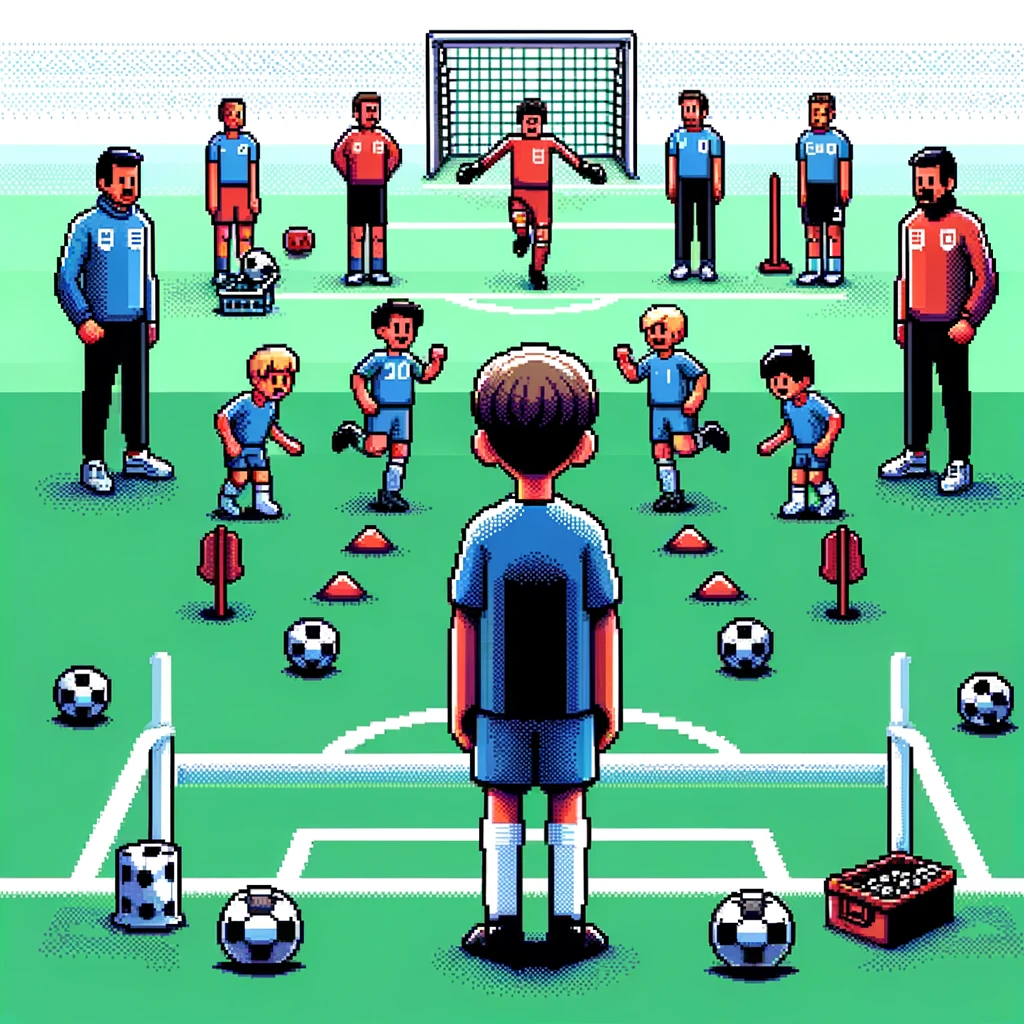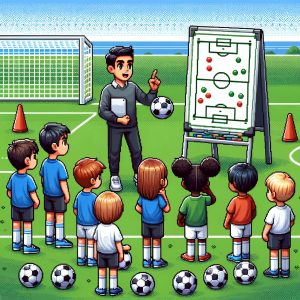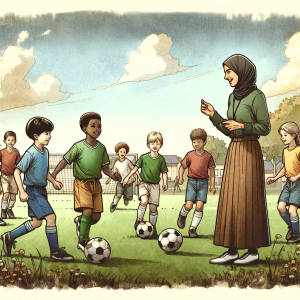
Physical Maturity’s Role in Soccer Success
The article Physical Characteristics and the Talent Identification and Development Processes in Male Youth Soccer: A Narrative Review highlights the importance of physical characteristics in the talent identification and development of young male soccer players. In this blog, we’ll dive into the key findings of Kelly and Williams’ research and discuss their implications for soccer coaching and player development.
Understanding Physical Characteristics in Youth Soccer
Kelly and Williams’ study is groundbreaking in its comprehensive review of physical characteristics in male youth soccer. They discuss various aspects such as physical performance, growth, maturation, and the impact of the relative age effect. This research is crucial as it underscores the fact that physical maturity does not always align with chronological age, which can significantly affect talent identification.
Implications for Soccer Coaching
For soccer coaches, this research suggests that talent scouts and coaches should consider a player’s physical maturity alongside their technical and tactical skills. This approach will help identify players who may develop physically later but have the potential to excel in soccer. Coaches can also tailor training programs to cater to the different stages of physical development, ensuring that each player receives the appropriate training for their level of maturity.
Redefining Talent Development Strategies
One of the key takeaways from this study is the need to redefine talent development strategies. Traditional methods that focus solely on current physical prowess may overlook late bloomers. By incorporating the findings of Kelly and Williams, soccer academies and training camps can create more inclusive and effective development programs. This approach not only benefits the players but also enhances the overall quality of the sport.
Minimizing Biases in Talent Identification
Another significant aspect highlighted by the study is the relative age effect, which can lead to biases in talent identification. Coaches and scouts should be aware of this bias and ensure that talent identification processes are fair and consider a player’s potential, not just their current physical abilities.
Engaging and Inspiring Young Players
Finally, this research can be used to inspire young players. Understanding that physical development varies and that late physical maturity is not a barrier to success in soccer can motivate players to focus on their personal development and skill improvement.
For those interested in delving deeper into these fascinating findings, read the full article here.
Elevate your understanding of the beautiful game with ‘This Week in Soccer’.
Dive into a world where soccer science and strategy come alive. Subscribe now to our newsletter and be part of a community that transforms theoretical knowledge into practical mastery. Don’t miss out on the chance to access groundbreaking insights and redefine your approach to soccer. Subscribe today!



